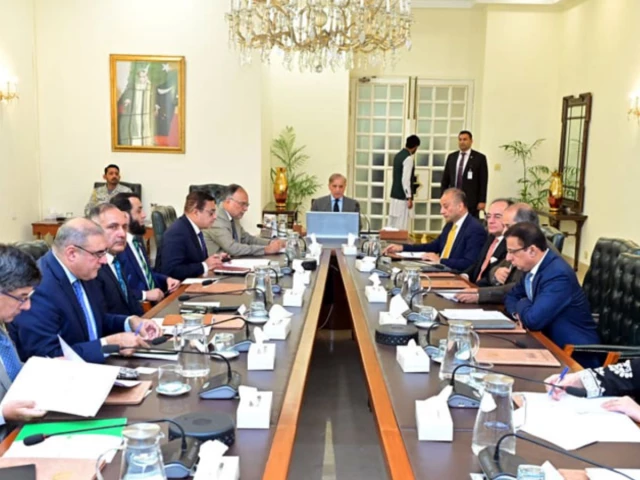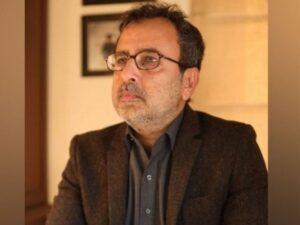The 2026 monsoon is expected to bring 22 to 26 percent more rainfall than this year’s, the NDMA said, preceded by a short winter and intense summer.
This is not new news, however. At a meeting of the Public Accounts Committee in August, the NDMA repeated the same figure of 22 to 26 percent.
“There is a significant risk of flooding due to melting snow,” National Disaster Management Authority Chairman General Inam Haider warned, noting that heatwaves would likely trigger increased glacial lake flooding. “Pakistan’s more than 7,000 glaciers are melting at a rate that has increased by two to three percent.”
Climate Change Minister Musadik Malik said that in the last three to four floods, 4,570 people lost their lives, “even our wars have not cost so many lives.”
“The human cost goes far beyond the victims. An estimated 40 million people were displaced by the last four major floods, including 20 million children and 20 million mothers,” Malik said, describing families who watched homes built over eight years of work disappear within hours.
The economic toll has been just as devastating. The 2022 floods alone caused damage exceeding 9 percent of Pakistan’s GDP, with direct losses accounting for 4.5 percent. “We are struggling to increase GDP by three or four percent, and nine percent is destroyed by floods,” Malik said, highlighting the futility of development efforts in the face of accelerating climate disasters.
Read: Punjab creates parliamentary body to lead flood rehabilitation
The minister announced that Prime Minister Shehbaz Sharif had approved emergency preparedness plans following projections of an exceptionally severe monsoon season in 2026, made worse by accelerated melting of glaciers due to heatwaves.
Over the next 200 days, authorities will repair bridges and floodgates damaged in previous disasters while integrating early warning systems from the district level to the federal capital.
“The region has one of the best early warning systems,” the NDMA president said, explaining that data is received from 370 satellites and local communities have been trained on how to respond to natural disasters. “Our system is integrated with major global weather intelligence systems,” he added.
However, the NDMA’s flagship system failed to cover much ground this year, with senators accusing the NDMA of failing to warn the country of the coming disaster in the face of the 2025 monsoon. “Is his role just to collect the bodies? If the NDMA is responsible for early warnings and weather updates, then what is the role of the weather department? » asked the senators.
The minister announced that Prime Minister Shehbaz Sharif had approved emergency preparedness plans following projections of an exceptionally severe monsoon season in 2026, made worse by accelerated melting of glaciers due to heatwaves.
“Our top priority is to ensure that the first alert is sounded where the natural disaster is likely to occur.”
Learn more: Floods cause losses of Rs3.856 billion
General Inam said a comprehensive 300-day plan would be presented to the prime minister, including measures to coordinate tourism in disaster-prone areas with emergency preparedness efforts.
The plan is expected to include the creation of temporary schools in flood-affected areas and the deployment of mobile hospitals in disaster areas.
The early warning system will be redesigned so that the first alarm will sound in the deputy commissioner’s office at the district level, enabling a quicker local response.




